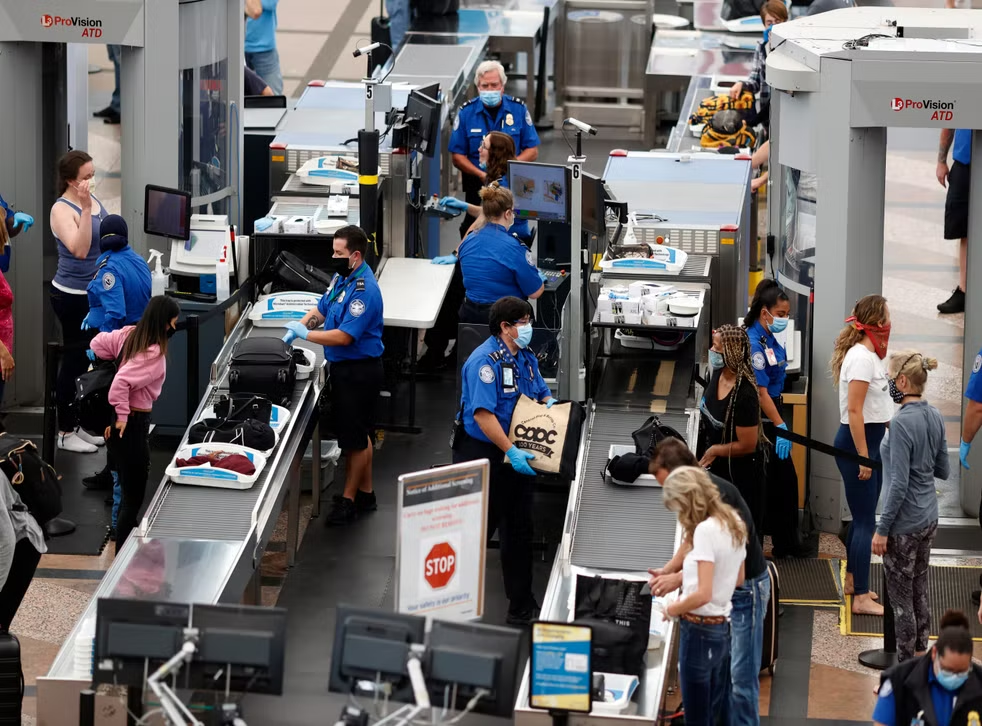impact of weather on aviation operations

Weather is one of the most important factors that affect aviation operations. Weather can be defined as atmospheric conditions at a given place and time. It is affected by many factors, such as temperature, precipitation, humidity, wind speed and direction, etc. The effects of weather on aviation operations are not always obvious or direct but they have an impact on the safety of air transportation. Earlier this month in Auckland, New Zealand many people were stranded at its international airport due to extreme rain fall over 24 hours which also resulted in 2 deaths. after about 90 minutes of heavy rain, the airport made the decision to cancel all flights. 12 flights coming into Auckland were forced to divert to other airports in the area. The reason I chose this article was to show that you don't have to be in the sky's for weather to impact you, the situation on the ground is just as important as the conditions in the sky. Francis, O. (2023, January 28). Flood-hit passengers ...





